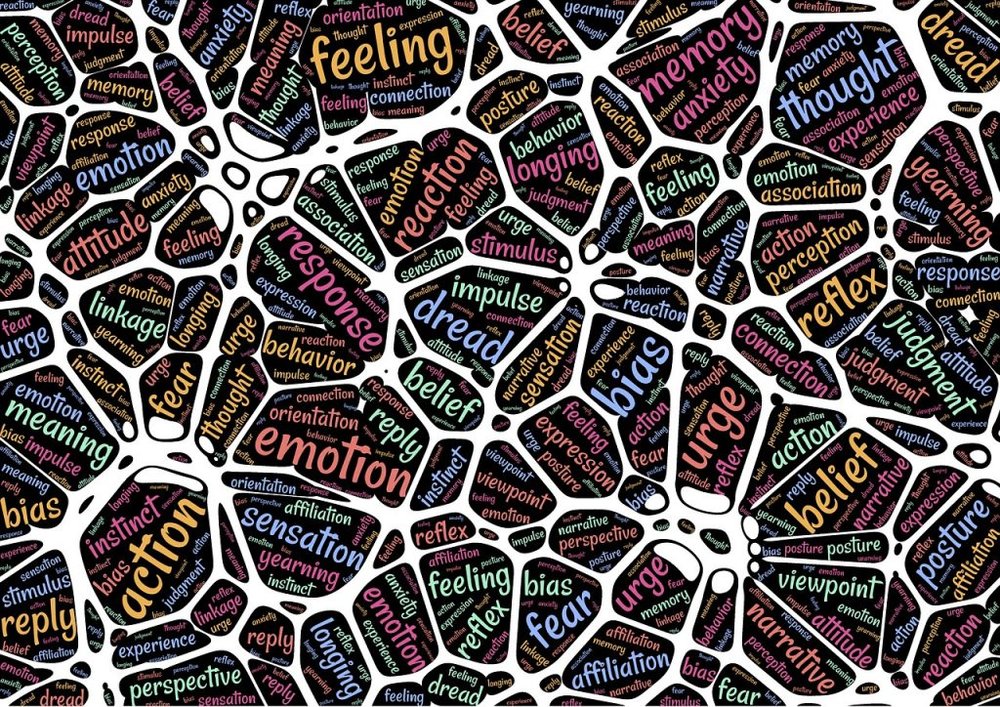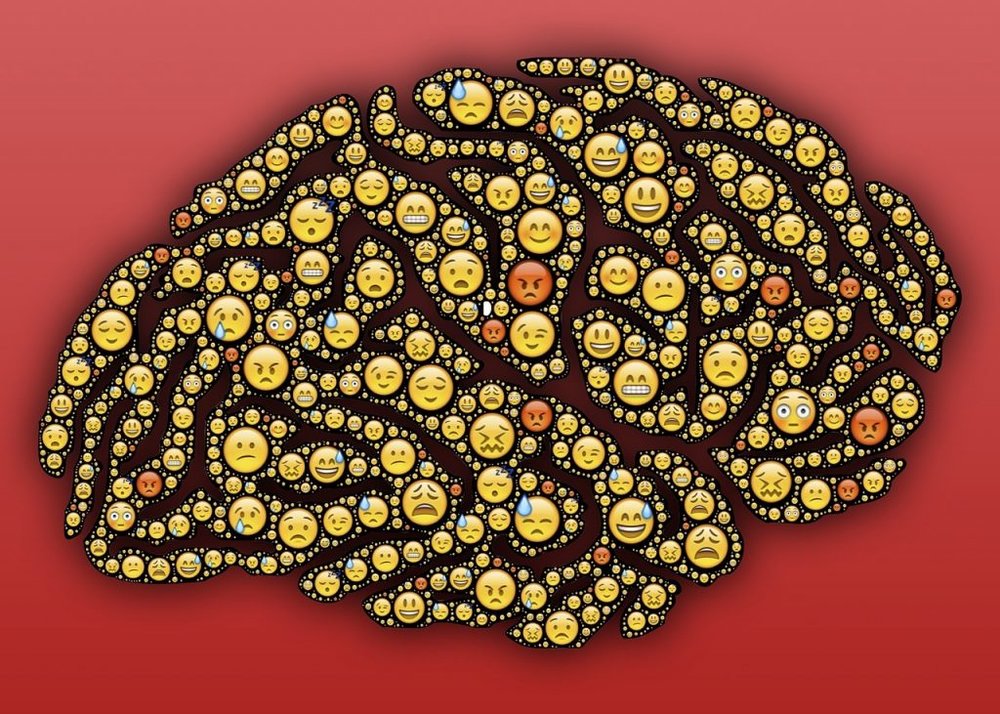
Do You Want to (Re)Program Your Brain? This Is How!

Generally, our personalities and identities are products of many influences. There is this saying “you can’t teach an old dog new tricks” which tells us that the longer we’ve been what people think we are, the harder it is for us to change. The real truth is that we actually CAN always change who we are. It’s not so difficult to change, but we’ve developed patterns and habits that make it easier to do things the way we do them. Trying something in a new way can make us feel a bit awkward. It will surely be less efficient since it is something new to us, and it often lacks excitement for us when it involves giving up the comfort associated with our usual ways.
 Where to start from?
Where to start from?
 We all have some inherent abilities we are born with. Still, most of the things we consider to be part of our identities are products of some influence. The actual change means the change of the influence we accept rather than changing our inner mind structure.
We all have some inherent abilities we are born with. Still, most of the things we consider to be part of our identities are products of some influence. The actual change means the change of the influence we accept rather than changing our inner mind structure.
We can make enormous changes if we’re willing to put in the effort and to provide ourselves with the proper influences. Here, we are going to see how to do that from priming our brains to manipulating our own emotions.
 The thing called ‘priming.’
The thing called ‘priming.’
Priming is a simple psychological technique that involves us talking to ourselves. It is something like self-affirmation with elements of neuro-linguistic programming.
What we basically have to do is reciting a given set of words that are designed to alter our mindsets. This is not brainwashing as some people might think since it cannot make us do anything we don’t want to do. What it can actually do is to put us into a state of mind that will be more useful to us in a given situation/problem/task.
Priming can be explained this way. Remeber how you sometimes buy a particular brand of toilet paper that you saw on television even if you don’t remember seeing the commercial itself? You probably don’t even care about the actual toilet paper brand. So, basically, priming works based on your (subconscious) memory. Therefore, all you really need in some situations is just a trigger word and voila! You’re on the right track!
Exercise 1
The goal of priming is to place common words that, when apart, have no real specific weight, but when joined, have an associative value that makes us think of happy/sad things/specific people, or even our ambitions. Now look at those words on this list:
- motivation
- purpose
- go
- objective
- do
- drive
- create
- enthusiasm
- make
- important
- commitment
- eager
These words are synonymous with or related to ambition. The list is designed to be read aloud to put us in a more aggressive mindset, focusing our thoughts and priming our brain to react ambitiously. If we repeat these words in the morning, we should come to remember some again later in the day and immediately associate that word with the value of the group, i.e. ambition.
This is just one example list. You can make different lists on your own following their common relevant value.
Exercise 2
In this exercise, there is a shorter list of priming words from which we have to make a sentence.
- and
- looked
- the
- smiled
- girl
We can form the sentence “The girl looked and smiled.” It brings pleasant associations, right? Generally, making sentences out of a list of some positive words can help us put ourselves in the right mindset.
 Our emotions
Our emotions

All of us have sometimes found ourselves making decisions based on our emotional state. Our feelings can easily overtake our actions and this should be prevented. As such, rather than letting our emotions lead us towards poor judgment and irrational behavior, we should learn to compensate for different emotional states and to fabricate emotions to alter our specific types of moods.
In order to achieve this, we need to get in touch with our actual feelings. No, we don’t need to cry into a pillow about our wasted time, but to understand what we’re feeling when we’re feeling it. Knowing the actual root cause leads us into realizing what we can do about it.
What we have to do here is to take a look at how we can dissect our emotional state to use it to our advantage, and to fabricate a new emotion through this priming technique.
More in Mental Health
-
`
The Physical Signs of Hunger and How Mindful Eating Makes a Difference
Hunger is one of the most basic yet essential signals our body uses to communicate its need for energy. However, many...
December 15, 2024 -
`
Why Did Chris Pratt Call Anna Faris Before Proposing to Katherine?
Chris Pratt, the beloved star of “Guardians of the Galaxy,” made headlines when he revealed that he called his ex-wife, Anna...
December 3, 2024 -
`
6 Proven Tips to Tackle Insurance Claim Denials Successfully
Claim denials are a common hurdle for healthcare providers and professionals, even for those who follow the necessary procedures to avoid...
December 1, 2024 -
`
5 ‘Bad’ Fitness TikTok Trends You Shouldn’t Follow
TikTok has become a haven for creative fitness advice. But not all trends are worth your time or your health. From...
November 23, 2024 -
`
Does Drinking Water Affect Adrenal Hormones?
Drinking water is often seen as a simple way to stay hydrated, but it has deeper effects on our body than...
November 14, 2024 -
`
Why We Feel the Loss of Celebrities So Deeply?
Celebrity grief might sound strange at first. After all, most of us have never met these famous figures in person, yet...
November 5, 2024 -
`
Are High Deductible Insurance Plans as Ideal as They Appear to Be?
High deductible insurance plans have been a hot topic for years, especially as healthcare costs continue to rise. For many Americans,...
October 31, 2024 -
`
How Training Load Data Can Transform Your Exercise Routine
Tracking progress during workouts is challenging. Simple metrics like mileage or time don’t show the whole picture. Understanding the overall effort...
October 26, 2024 -
`
Katy Perry’s Weight Loss Journey: Secret Diet Tips Revealed
Katy Perry’s weight loss journey has been making headlines, with the pop star shedding 20 pounds over the past few months....
October 16, 2024















You must be logged in to post a comment Login